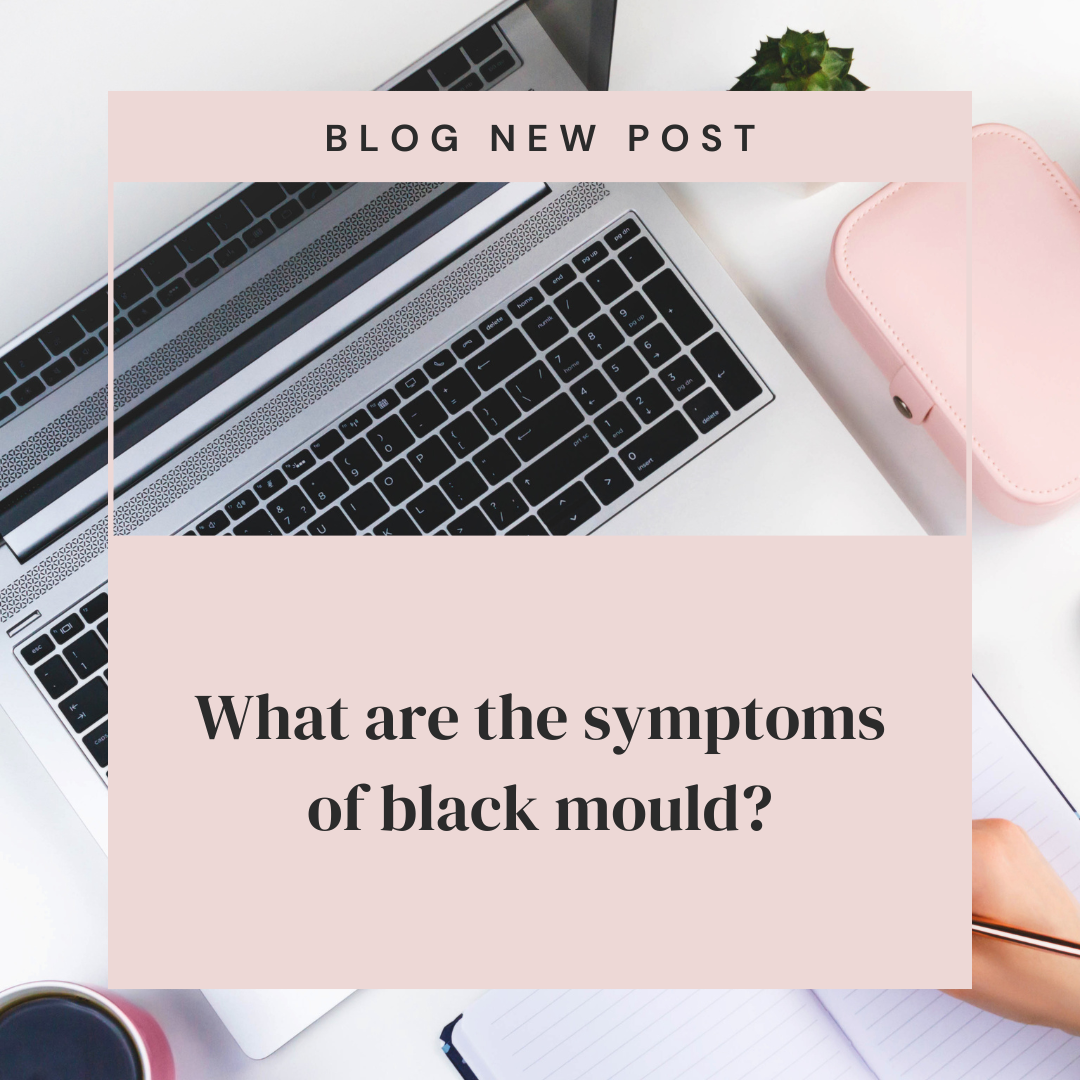What are the symptoms of black mould?
Black Mould Symptoms: How to Identify and Treat This Toxic Fungus
Black mould is a type of fungus that can grow in damp and dark environments. It is common in basements, bathrooms, and kitchens. Black mould can produce allergens and irritants that can cause a variety of health problems, including:
- Respiratory problems: Black mould can cause respiratory problems such as asthma, bronchitis, and pneumonia.
- Allergic reactions: Black mould can cause allergic reactions such as sneezing, itchy eyes, and runny nose.
- Skin problems: Black mould can cause skin problems such as rashes and hives.
- Neurological problems: Black mould can cause neurological problems such as headaches, memory loss, and difficulty concentrating.
Symptoms of black mould exposure
The symptoms of black mould exposure can vary depending on the person’s sensitivity to the mould. Some people may experience only mild symptoms, while others may experience more severe symptoms.
Common symptoms of black mould exposure include:
- Respiratory problems: Coughing, wheezing, shortness of breath, and difficulty breathing
- Allergic reactions: Sneezing, runny nose, itchy eyes, and skin rashes
- Skin problems: Redness, itching, and inflammation of the skin
- Neurological problems: Headaches, memory loss, difficulty concentrating, and mood swings
If you are experiencing any of these symptoms, it is important to see a doctor to rule out other possible causes. If you are diagnosed with black mould exposure, your doctor will recommend a treatment plan to help you manage your symptoms and prevent further complications.
How to identify black mould
Black mould is typically black or dark green in color. It can be found in damp and dark environments, such as basements, bathrooms, and kitchens. Black mould can also grow on furniture, carpets, and other surfaces.
If you suspect that you have black mould in your home, there are a few things you can do to identify it:
- Look for black or dark green mould growth on surfaces in your home.
- Pay attention to areas that are damp and dark, such as basements, bathrooms, and kitchens.
- Smell the air for a musty odor. Black mould often has a strong, musty odor.
If you identify black mould in your home, it is important to take steps to remove it and prevent it from growing back.
How to treat black mould
The best way to treat black mould is to remove it from your home. If you have a small amount of black mould, you may be able to remove it yourself using a mild bleach solution. However, if you have a large amount of black mould, or if you are concerned about your health, it is best to call a professional mould removal company.
Once you have removed the black mould from your home, it is important to take steps to prevent it from growing back:
- Fix any leaks in your home.
- Reduce moisture in your home by using a dehumidifier and ventilating damp areas.
- Clean your home regularly using a disinfectant cleaner.
Conclusion
Black mould is a toxic fungus that can cause a variety of health problems. If you suspect that you have black mould in your home, it is important to take steps to remove it and prevent it from growing back.
Important links
Housing Disrepair Advice: https://housingdisrepairadvice.org/contact
Housing Ombudsman: https://www.housing-ombudsman.org.uk/
